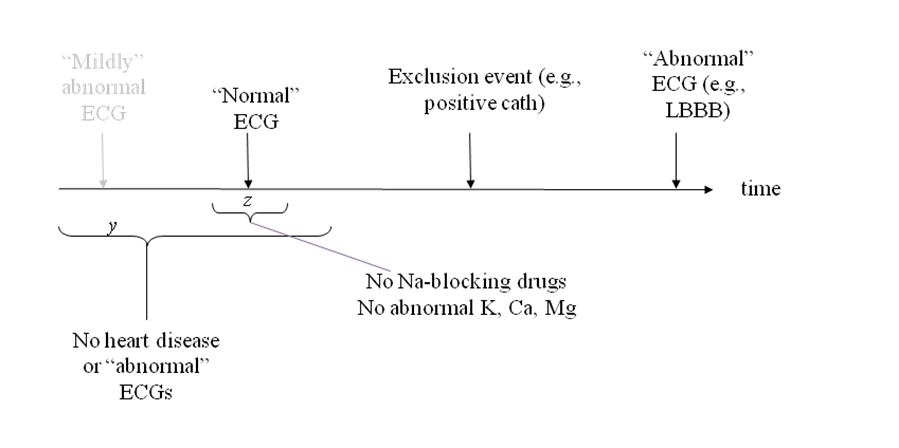Abdominal Aortic Aneurysm ( AAA )
The algorithm uses Structured Query Language to identify AAA cases, controls, and excludes from the Electronic Medical Record. AAA cases were defined as meeting at least one of three criteria: had a AAA repair procedure (Case Type 1), had at least one vascular clinic encounter with a diagnosis of ruptured AAA (Case Type 2), or had at least two vascular clinic encounters with a diagnosis of unruptured AAA (Case Type 3).

